Zoos are usually associated with family days out and opportunities to observe exotic animals without travelling too far from home. Yet if you are into photography you might also regard a zoo as a playground in which you can put your kit through its paces.
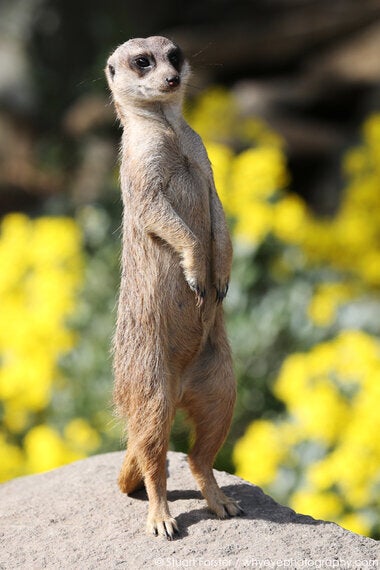
There's nothing like killing two birds with one stone - a turn of phrase that's probably best avoided in the context of zoos - so I headed to Edinburgh in the hope of seeing the only two giant pandas in the United Kingdom while testing a new camera and lens.
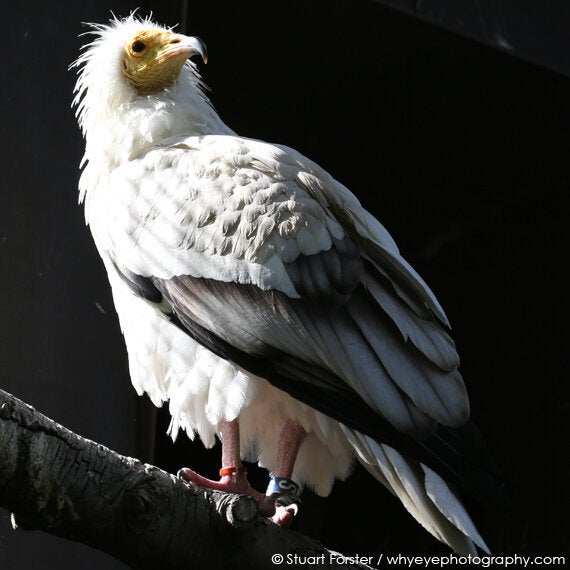
Why head to Edinburgh Zoo rather than simply take a walk in my local park? The answer is simple; animal behaviour and colouring varies significantly, giving me a chance to test out my equipment in response to a broad range of conditions and circumstances. In some cases I knew I'd have plenty of time to get the shots I wanted, in others I'd need to be quick. Going to the zoo added an element of uncertainty that would prove an interesting challenge.
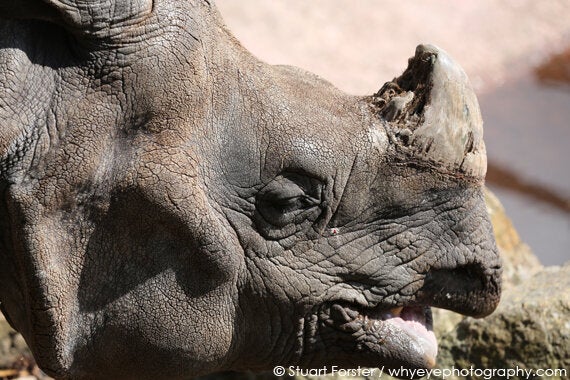
Due to their popularity, visits to the panda enclosure are limited to around 30 minutes. I booked a 2.00pm slot to view the pandas, who have been in Edinburgh for the past two-and-a-half years. Tian Tian, the female, may be pregnant and, unfortunately, had gone for a nap while I was there. That said, Yang Guang, the 22 stone male, was up and about and nonchalant in response to me and other visitors pointing cameras in his direction.
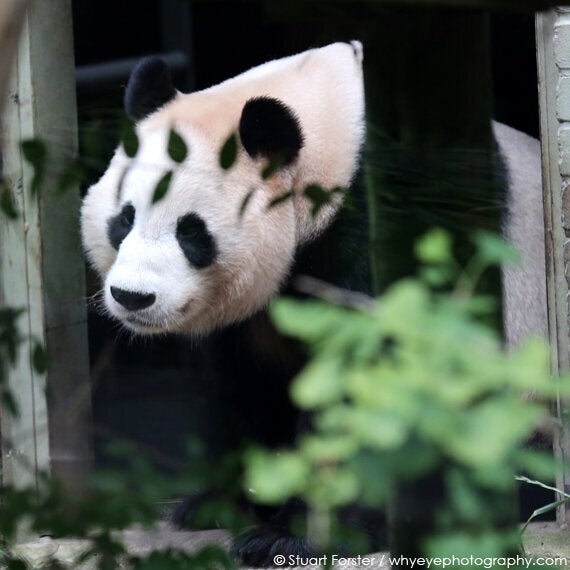
As a general rule, I don't use a flash when in the proximity of animals as some find it disturbing. In order to get decent shots in enclosures where the animals were behind Plexiglas I found it best to photograph at an angle to the surface of the glass, to minimise the disturbance caused by reflections.
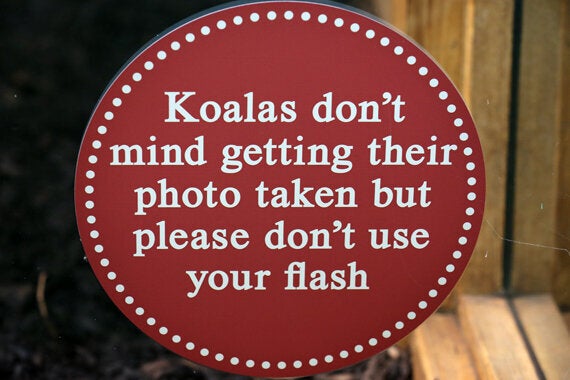
If you are trying to photograph an animal within a cage you might find it beneficial to switch from auto- to manual focus. This will allow you to select the animal and get a good, sharp photo. Your camera's autofocus may, on the other hand, struggle to focus beyond the grid of a fence.
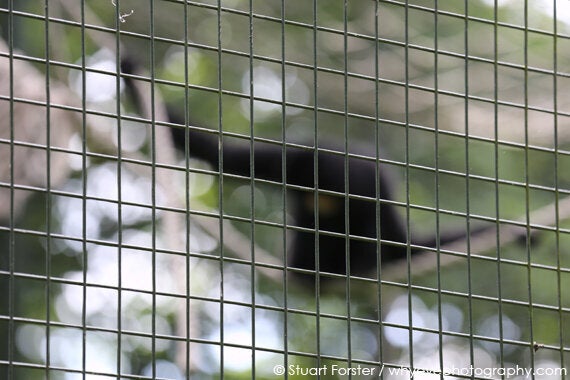
Don't forget that putting you camera right up against a fence can help to cut out the grid. In most cases you'll then be able to focus beyond the fence without having it detrimentally impact your photo.
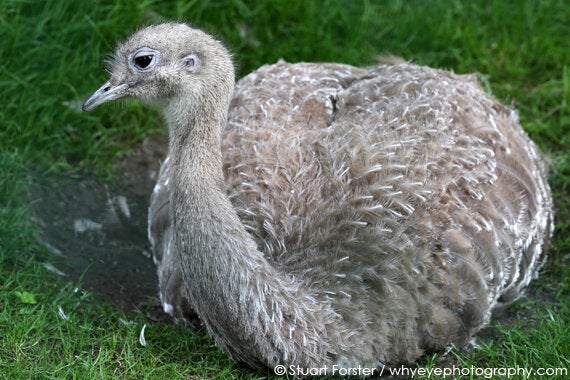
Patience is a key virtue for wildlife photographers, who often spend long periods waiting between shots. A little of it also helps if you want to get good shots in zoos. I noticed quite a few people snapping photos of animals' backs then walking away, in some cases grumbling. If the animals are not in an optimal position why not simply wait a couple of minutes and observe them? The animals will often turn before too long, giving you a chance to take better photos.
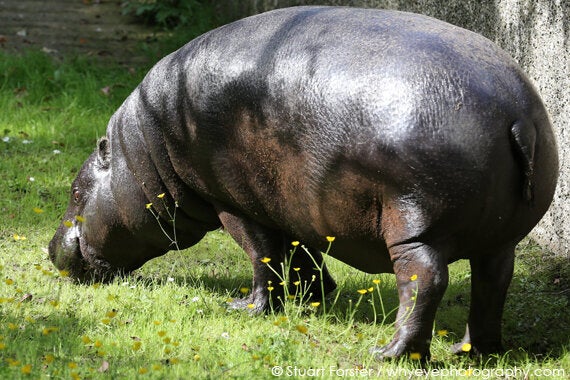
Also, remember that the enclosures at Edinburgh are quite sizable and you can often move around their periphery. Moving your position can help you get a better vantage point for your photographs.
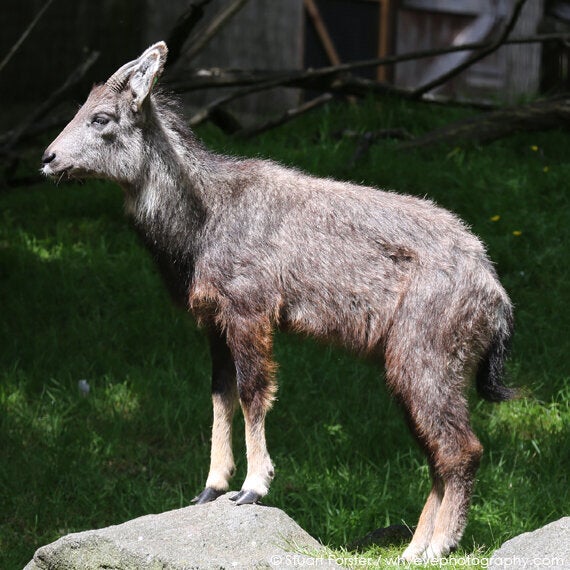
The new meerkat enclosure allowed me to get within a few feet of the sociable animals. Doing my best to ignore a man speaking to the meerkats in an unconvincing, television advert inspired, faux Russian accent I stood still and waited for photo opportunities provided by the southern African mammals grooming each other.
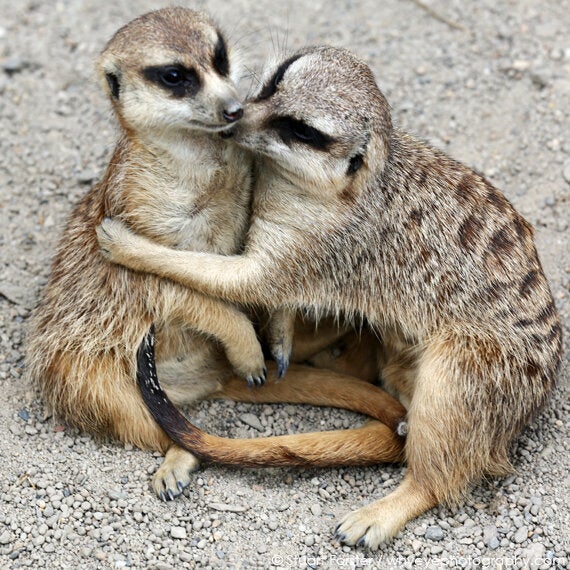
Penguins have been resident at Edinburgh Zoo since 1913, the year it opened. They are still among the most popular creatures in the park. Working my way between onlooking humans proved the biggest challenge at feeding time. You'll have plenty of time to photograph the penguins on land but when they're in the water you'll need to be quick.
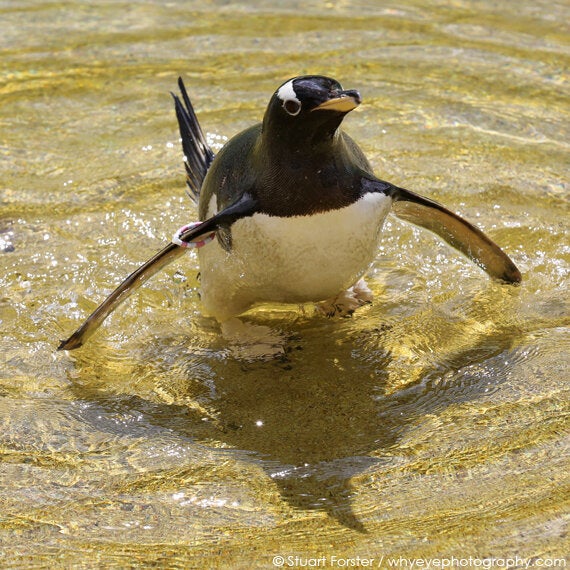
Good equipment does help achieve optimal results in photography. Even with a basic camera, some thought about what you're doing means you'll be able to return home from a day out at the zoo with decent photos.
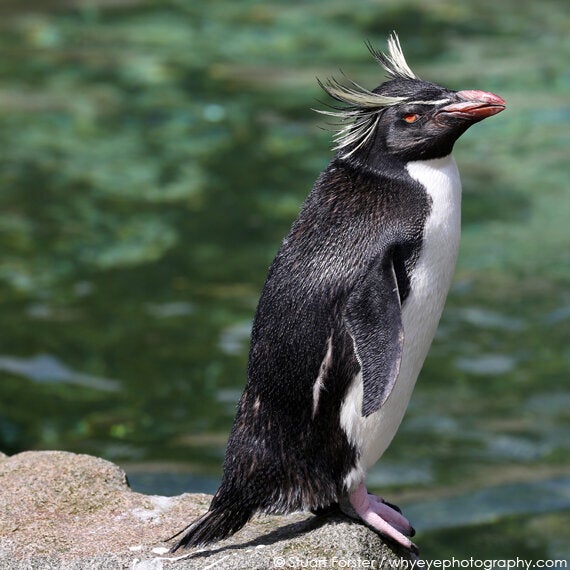
Further Information
Entry to Edinburgh Zoo costs £16.50 for adults (£14.00 with concessions), £12.00 for children from 3 to 15 and is free for kids younger than 3. Family and group tickets are also available. Details about opening times plus further information about the animals can be seen on the www.edinburghzoo.org.uk website.
Visit the www.rzss.org.uk website to learn more about Royal Zoological Society of Scotland.
Stuart Forster used a Canon 5D Mark III camera and a Canon EF 70-200mm IS II USM lens to create the photos illustrating this blog post.
Read more of Stuart's travel related features on his blog, www.go-eat-do.com.
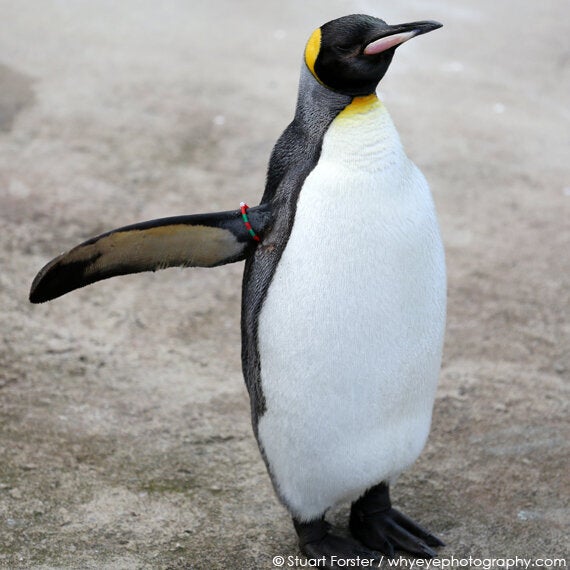
Would the photo look better if I shuffle right a bit?